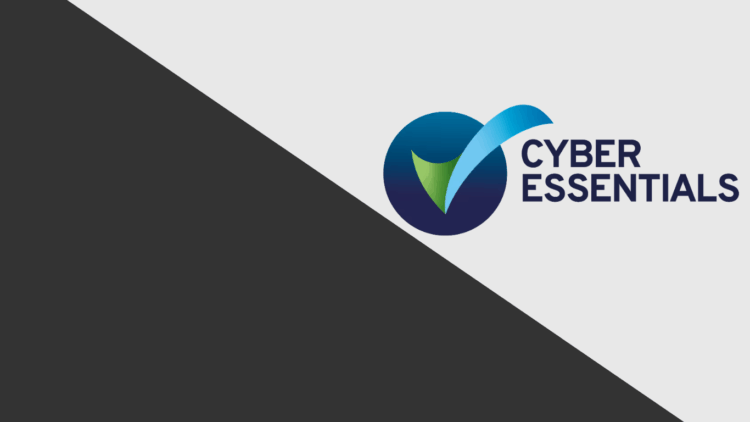1. Speed and cost:
Certification can be completed in days or weeks, and pricing is accessible especially for SMEs.

As the UK prepares to introduce the Cyber Security & Resilience Bill, the spotlight is shifting from voluntary best practice to enforceable cyber standards. Against this backdrop, Cyber Essentials offers a clear, credible and cost-effective way for organisations to demonstrate that they take cyber security seriously.
For CIOs and CTOs – especially those outside regulated sectors – Cyber Essentials provides a structured starting point for building resilience without the overhead of enterprise-grade frameworks.
Cyber Essentials is a government-backed scheme, developed by the National Cyber Security Centre (NCSC), that focuses on securing the basic elements of your IT estate. It requires organisations to implement and maintain five technical controls:
These aren’t cutting-edge defences – and that’s exactly the point. They’re the non-negotiables, the baseline attackers assume you don’t have in place. Research from the NCSC suggests that up to 80% of cyber attacks could be prevented by implementing these basic controls.
In a world of ransomware-as-a-service, business email compromise, and supply chain breaches, Cyber Essentials won’t make you bulletproof – but it will make you a much harder target.
For many organisations, Cyber Essentials offers three key advantages over more complex standards like ISO 27001 or the NCSC’s Cyber Assessment Framework (CAF):
Both levels assess the same five control areas – but they differ in rigour:
Not sure which is right for you? Ask these questions:
If the answer to any is yes, Cyber Essentials Plus is likely the better fit.
Achieving Cyber Essentials isn’t just a checkbox – it’s a chance to level up your internal practices. Here’s how to approach it:
Many Managed Service Providers – including Roc – offer Cyber Essentials readiness packages – useful if you need to move quickly or lack internal resources.
In today’s climate, doing nothing is riskier than ever – and with cyber due diligence becoming part of M&A, supply chain reviews and compliance audits, Cyber Essentials is a visible first move
It shows clients, stakeholders, and regulators that you’re taking cyber security seriously, and it provides a practical foundation to more advanced frameworks in the future. For CIOs and CTOs seeking a high-impact yes practical path to improved resilience, Cyber Essentials is an ideal place to start – and an increasingly necessary one.
